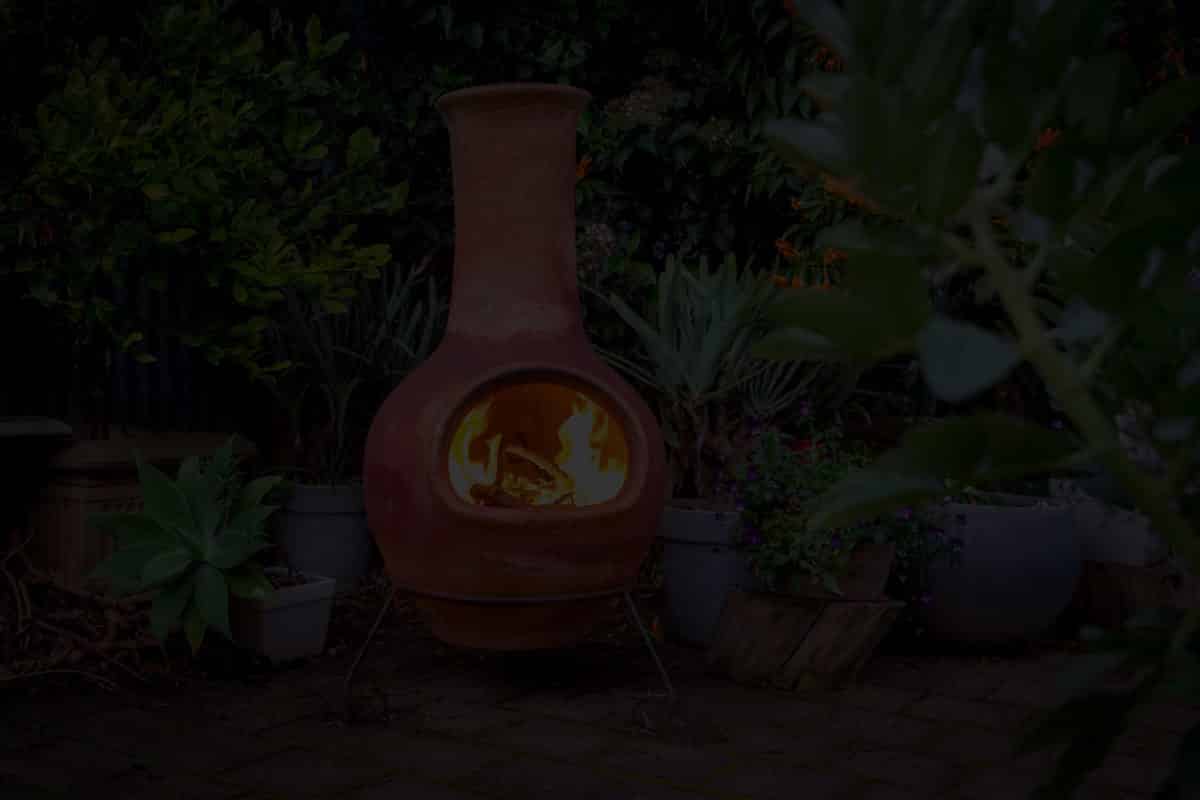gardens
Simple, stylish DIY garden art for complete numpties

It’s a trend, a thing. There are some stunning outdoor sculptures available in the shops, many of them far too big for an average-sized British garden, and even more turning up in garden centres. Even mass produced sculptures can cost an arm and a leg. Others are made to order by actual sculptors, artisans and artists, with price tags to match. It’s all a bit painful. So can you make your own garden sculpture, even if you’re a complete creative numpty?
The answer is yes. All it takes is a few practical skills, a dash of bravery, and a wheelbarrow load of confidence. You don’t need to be artistic to create your own garden sculptures. Here are some simple ideas for making your own outdoor art, all of which are simple, exciting, stylish and cost next to nothing. Many of them involve looking out for interesting ‘found objects’ and skip diving, which makes the whole thing even more fun. Let the building begin!
10 ideas for making your own cool garden art
- We like this one. It’s so personal. One of our customers’ mums, who is 80, has Polymyalgia, an inflammatory condition that causes severe pain and stiffness. She decided to fight it by building a ‘Polymyalgia mountain’ sculpture in her garden, the ultimate in DIY garden art. It’s now eight feet tall, a spindly pyramid of various sized North Yorkshire rocks glued together with cement that she painstakingly put together over a couple of years. She has stuffed little Alpine plants into the gaps, which flower, and it looks stunning, a testament to her determination not to give in.
- Stack and paint car tyres for a tall, dramatic planter for flowers and rambling plants to cascade out of. Stack six or eight if you like, and paint them one heritage colour or multi-colours. Ivy is low maintenance, great for wildlife, and comes in all sorts of colours and shapes. Either let it go rampant or trim it to create a neat ivy waterfall.
- Rusty metal can be very beautiful, in a farm-fresh, industrial sort of way. An old plough or vintage farm machine, left to rot down in a field or wood, can make a wonderful outdoor feature, especially when you use it as a basis for planting, embellished with flowering, scented creepers and climbers or wound around with variegated ivy. There are abandoned farm machines rusting in fields all over the nation. If you spot one you like, ask the landowner if you can take it.
- Chunks of old wood are gorgeous. Stack different height logs in threes or fives, either stripped of their bark or with the bark left on, burying the bottom of the logs in the dirt. Or simply stack logs like you would if you were starting a fire, in a pyramid shape, so they all hold each other up. Make your own mini Stonehenge, a circle of thick, tall logs. Fix one in the dirt and stand a bowl, decorative pot, smooth rock or bird feeder on top. Or pile up chunks of tree trunk to make a totem pole, either painted or plain. The added benefit of wood sculptures is they also provide a home for a wide variety of insects.
- Do you have a load of old waste paving stones needing a new home? Broken or whole, you can pile them up on top of one another to make a tall stone tower and put a ceramic planter on top filled with hanging plants. You can even paint them with outdoor water-based eggshell paint.
- Stack rocks – some of the most beautiful and compelling landscape art is made from lovely, smooth, round stones. Starting with the biggest at the bottom, glue them on top of one another using an industrial-strength exterior glue or a firm concrete mix. Then fix the finished pebble tower onto a steady concrete base.
- How about box sculpture? Box is a hardy evergreen shrub with tiny, shiny dark green leaves. The more you clip it, the tighter and more dense it gets, and it’s widely used for topiary. You could create a simple blob like a lollipop, a severely accurate cube, a rabbit, a cat, a tower… let your imagination run wild. In my experience you can clip box all year round, even in winter, and it doesn’t seem to mind.
- Willow and hazel are remarkably bendy. Better still, all you do is stick a withy – a thin branch of hazel or willow – in the ground and it will do its damnedest to grow. Which means you can use both species to weave living structures that look lovely in their bare winter state and come to life with leaves in spring. Make a simple circle, an animal shape, an arch or series of arches, a sphere, you name it.
- Old ceramic chimney pots – often made from terracotta – are available from reclamation yards and make fantastic sculptural objects, especially stacked and stuck together. Because they’re hollow, you can also plant them up with flowers.
- Simple long grass presents plenty of opportunities. Let it grow long in one area then mow winding paths through it or create land art by mowing a spiral path to follow to a circular seating area. The beauty of it is, you can mow different designs throughout the year if you like.
More ideas about beautifying your garden for next to nothing
Check out our post about garden mosaic for ideas about adding year-round colour and interest to your outdoor space. For dazzlingly good garden art inspiration, see the magical books and work of Andy Goldsworthy, probably the country’s best know and loved land artist.

